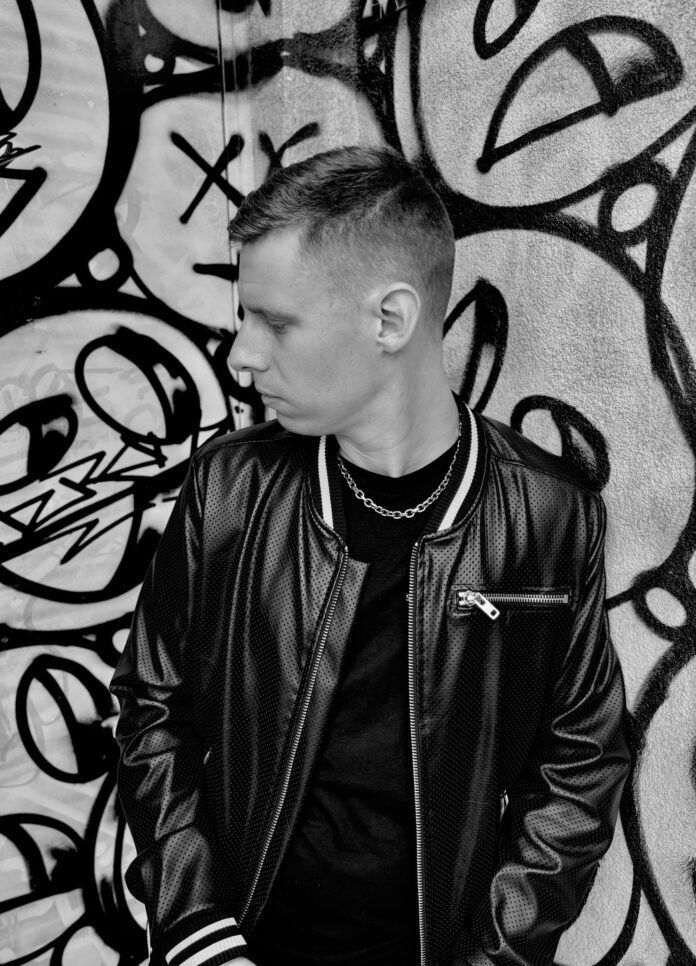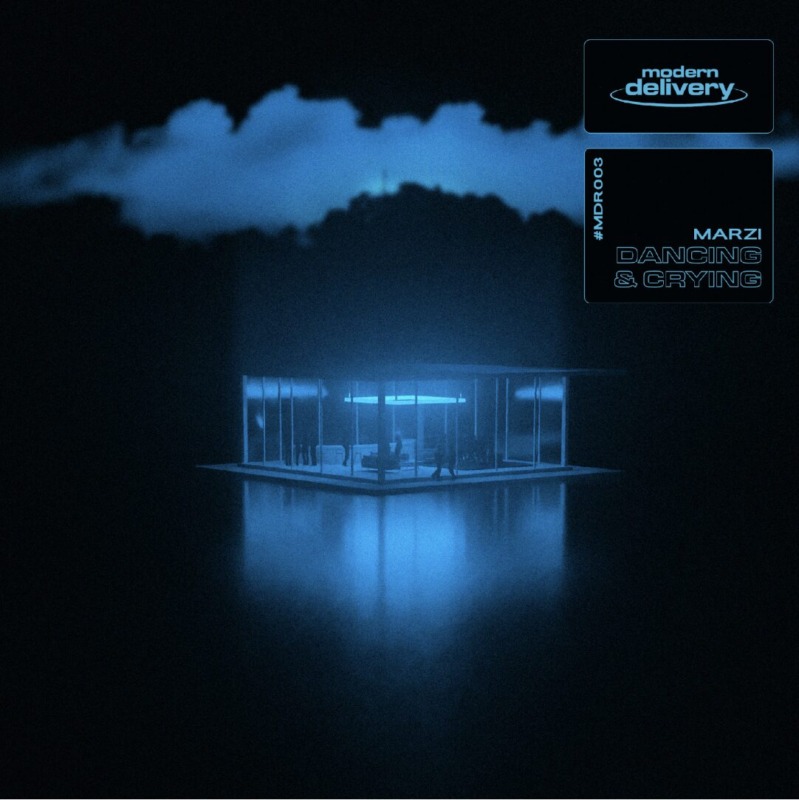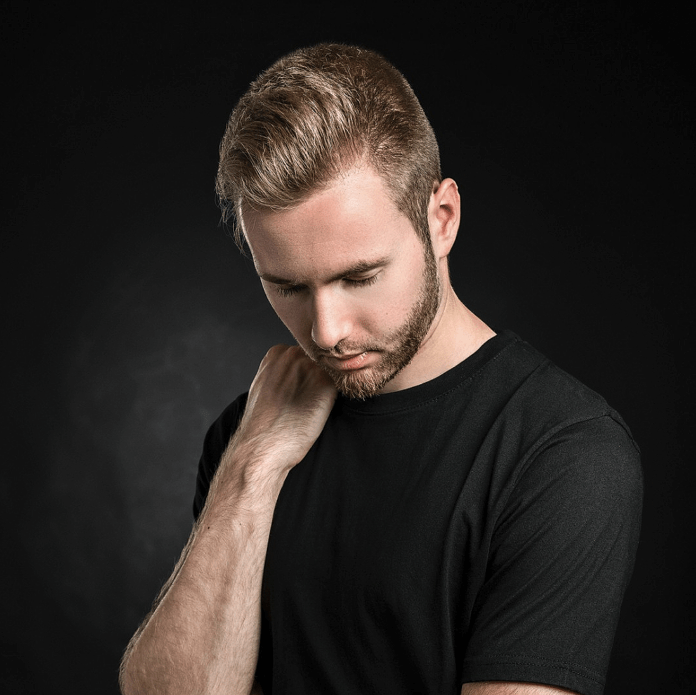My Hero Academia's setting resembles the real world, except that superpowered gifts are the norm, ever since that "glowing baby" was born several generations ago in China. Society is now shaped entirely around these meta-abilities, now called Quirks, but it's not clear how long this has been the case.
Bits and pieces of My Hero Academia's narrative suggest that Izuku Midoriya's adventure takes place several decades or even a century from now, but in some ways, the world hasn't changed much since My Hero Academia launched in the 2010s. Perhaps that's the point; heroes will always be there to save us, no matter how much time goes by.
Hints Of A Far Future Setting In My Hero Academia
A few factors in My Hero Academia suggest that this story takes place several generations in the future, perhaps in the early 2100s or even later. Giant robots are commonplace here, such as those used to train U.A. candidates, and none of the students wonder how robots can exist in this day and age. Some characters also have access to hologram technology, and a recent manga chapter revealed that the entire U.A. campus is set up on a series of movable blocks -- an astonishing technological feat impossible in the early 2020s. All these technological marvels mainly serve to move the plot along conveniently, but they are an organic part of the My Hero Academia universe that suggest a far-future setting.
In addition, the first-ever Quirk bearer, that glowing baby, was born several generations ago. The One For All Quirk has had nine total wielders, including Izuku Midoriya, and All Might wielded it for around 40 years or so. Even Nana Shimura, the 7th wielder, would be old enough to be Izuku's grandmother if she were still alive today. This Quirk must be 100 to 150 years old, and it was created when Quirks were still new. One For All's age strongly suggests that Quirks have been around for many decades, although even the first-gen Quirks couldn't have taken place in a pre-modern setting. Quirks were clearly created sometime in the 20th or early 21st century.
For example, Izuku saw a flashback of All For One with his brother, and the two men wore modern-style clothing. This scene probably took place in the 1950s at the very earliest, but quite possibly several decades after that. Even if One For All really was created in the 1950s, the modern era must be set in the late 21st century or early 22nd century. All For One is still around only because he has a longevity Quirk; otherwise, he'd be long since dead and buried.
The Eternal Era Of Heroes & Villains
Nothing in My Hero Academia clearly states the year or even the decade, but it's possible that author Kohei Horikoshi himself doesn't know, as this isn't actually important to the plot. In fact, revealing the current year might create some complications. In its current state, My Hero Academia conveniently blends 2010s-era tech and society with the holograms and giant robots of the 22nd century, creating a time-ambiguous setting where the environment still feels reasonably familiar to contemporary viewers and readers.
This can tie into My Hero Academia's themes, too. The story's ambiguous time setting may suggest that no matter what year, decade or even century it is, society will always have the same struggles and triumphs and that both justice and evil will always persist, simply adapting and taking new forms as the years go by. No matter the era, there will always be criminals and evildoers, and there will always be superheroes to stop them. In this way, superheroes and villains tie together the past, present and future into a single continuum.
Yesterday's problems continue today, and today's defenders of justice will pass the torch to a new generation of heroes, like All Might passing One For All to Izuku. Good vs. evil is an eternal struggle, and in that battle, it doesn't matter what year it is; it matters whether young heroes have the courage to stand up for what's right, even in the face of overwhelming odds. Superheroes will never go out of style.
About The Author

